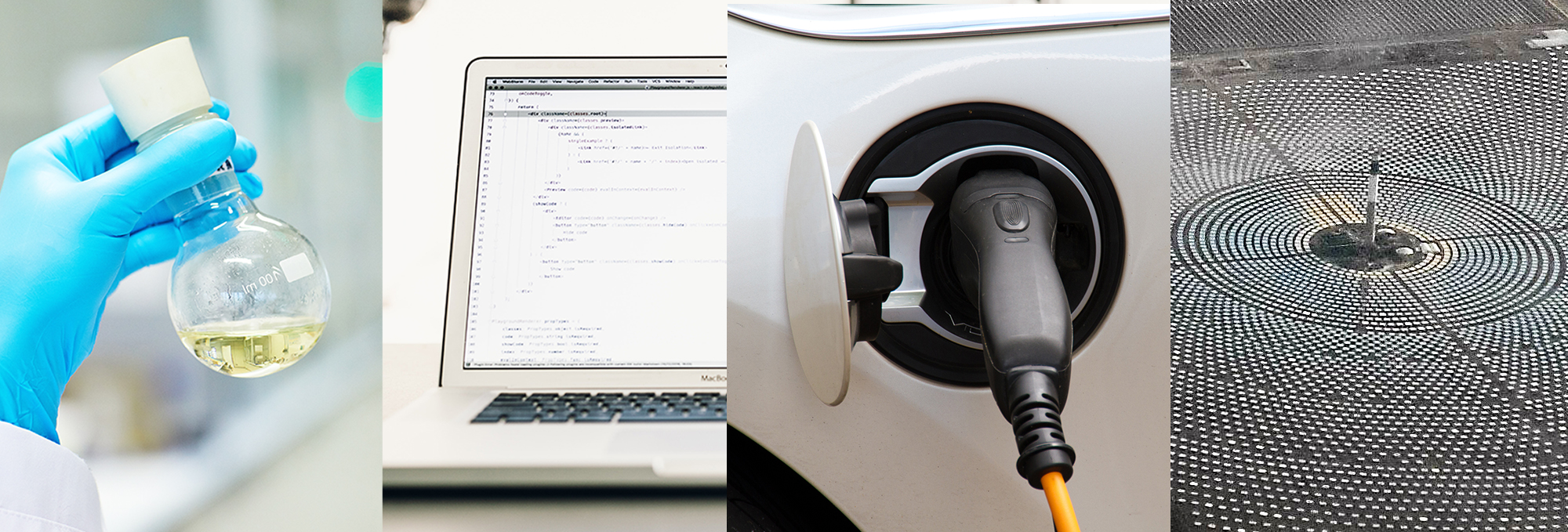

1. When we talk about battery degradation, what exactly are we referring to beyond the simple passage of time?
Battery degradation is not just chronological aging, as it might seem. It is, in fact, a complex set of physico-chemical processes that are triggered every time a cell is in operation. Each charge and discharge cycle, every temperature it is exposed to, every voltage at which it operates, leaves a mark. These traces accumulate progressively and can affect various internal components: electrodes, electrolyte, separators, interfaces...
What we truly seek when studying degradation is to understand how these small alterations gradually affect battery performance: loss of capacity, increased internal resistance, gas formation, parasitic layer development... Understanding these processes allows us to anticipate failures, improve materials, and extend the useful life of the system—something essential if we want to ensure the performance, efficiency, and safety of future battery generations.
2. Why is it so important to characterize a battery internally, even after its useful life?
Knowing that a battery has lost capacity is useful, but not enough. What’s truly valuable is understanding why. Internal characterization, especially at the end of the cell´s useful life, gives us direct insight into the mechanisms that have been at work throughout its life cycle.
At CIC energiGUNE, we work with post-mortem analysis techniques, which involve carefully dismantling the cell to study each of its components. This kind of "electrochemical autopsy" allows us to identify structural failures, residue buildup, dendrite formation, or even undesired reactions that have impacted the cell’s behavior. And opening the cell isn’t always necessary: we also use non-destructive methods such as computed tomography or thermal and acoustic analysis, which allow us to detect internal defects without altering the battery.
All this information is essential to feed back into the design of new cells, making them more robust and safer.
3. What role does modeling play in understanding degradation mechanisms, and how is it combined with experimental testing?
Modeling has become an indispensable tool. It allows us to simulate, with high precision, how a battery degrades under different usage conditions: temperature, current, voltage, etc. This not only speeds up the analysis process but also reduces the need for extensive physical testing, which is expensive and time-consuming.
The most interesting part is when we combine these models with real laboratory data. This is where reliable prediction becomes possible: we can extrapolate long-term behavior, identify degradation patterns before they become externally visible, and even customize usage strategies for different applications (vehicles, stationary storage, etc.).
Ultimately, modeling is the perfect complement to lab work. It helps us see beyond the immediate data and design more robust technologies from the outset.
4. How do degradation studies help improve battery safety under extreme conditions?
Safety is one of the main concerns when we talk about batteries, especially in applications like electric mobility. Degradation mechanisms not only impact performance but can increase the risk of failure if not properly managed. That’s why, in addition to typical aging tests, we perform so-called abuse tests—controlled experiments that expose the battery to extreme conditions such as overcharging, short circuits, punctures, or high/low temperatures.
Thanks to these tests, we can evaluate how each technology responds and validate improvements in materials or design. We analyze phenomena such as thermal runaway, failure propagation between cells, or electrolyte flammability. Each test provides valuable data that translates into safer batteries, better protection systems, and greater resilience against unexpected incidents.
5. In terms of sustainability and circular economy, how does this work contribute to making the battery life cycle more responsible and efficient?
Understanding how batteries degrade is also key to giving them a second life or recycling them more efficiently. Often, a battery that is no longer suitable for an electric vehicle still has enough performance left for stationary applications, for example. But to safely reuse it, we need to know exactly what has happened inside and how it has been used.
Our degradation studies and post-mortem analyses allow us to establish more precise criteria for classification, reconditioning, or disassembly of cells. They also help optimize recycling processes, allowing safer and more effective material separation. In this way, we help extend the useful life of active materials, reduce waste, and move toward a truly circular economy in the energy sector.
6. What types of tests and conditions are used at CIC energiGUNE to study cell aging?
Studying degradation requires patience and precision. At CIC energiGUNE, we design what we call degradation matrices, where parameters such as temperature, current, voltage window, state of charge, or depth of discharge are systematically varied. These controlled conditions help identify which mechanisms are dominant in each scenario and how specific combinations affect performance.
We also study calendar aging, which examines how a cell deteriorates even while at rest—such as when it’s stored for long periods at high temperatures or high charge levels. Even if not in use, a battery can degrade simply due to improper storage.
Thanks to our experimental infrastructure and modeling capabilities, we can replicate real-world use or storage conditions, identify risks, and propose better design and usage strategies. We collaborate with companies interested in improving the durability of their systems or diagnosing specific failures, offering both custom studies and support in designing tests or post-mortem analysis. Our expertise can be a key ally for those aiming to maximize performance and safety in their battery products.

If you want to know the latest trends in energy storage and new developments in research, subscribe.

If you want to join a top-level team, collaborate with specialists in multiple disciplines or tell us about your concerns, don't think twice...